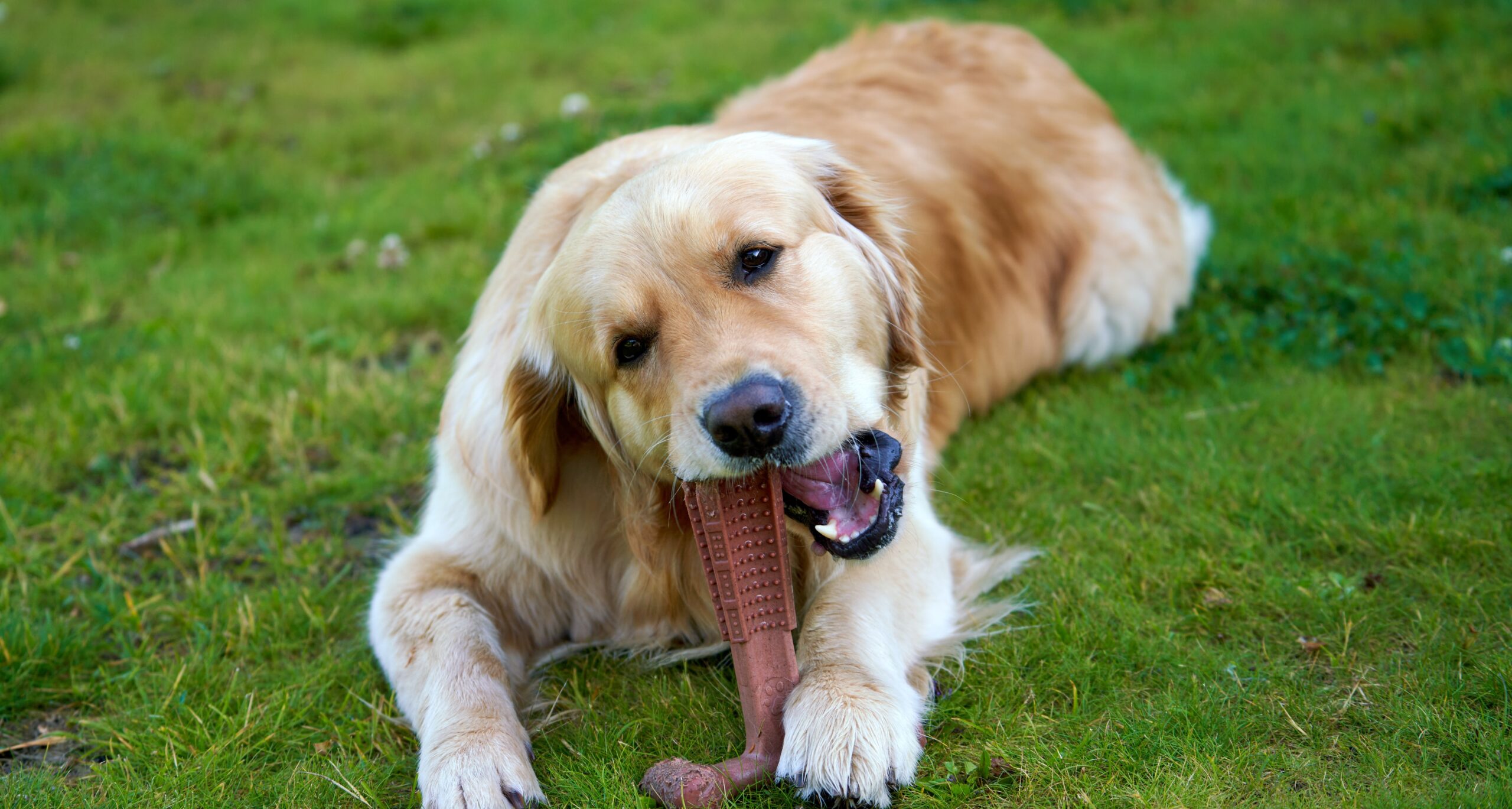The Benefits of Hiring a Professional Pet Sitter: Providing Optimal Care for Your Cherished Pet
For those who own pets, leaving them behind while going away can be a challenging experience. Pet owners strive to ensure that their pets receive the best care possible, even when they are not present. This is where a professional pet sitter can make a significant difference. Discover the numerous benefits of hiring a professional pet sitter for your pet. Ensure peace of mind and quality care while you’re away.
Customized Care by Pet Sitter:
Professional pet sitters provide individualized care for your pet. They take the time to understand your pet’s unique requirements and preferences, ensuring that they receive appropriate attention and care while you are away. This may include providing food, exercise, playtime, as well as administering any necessary medications.
Professional Care for Your Pet will Reduce Your Stress:
Leaving your pet in an unfamiliar environment, such as a boarding kennel, can be a stressful experience for both you and your pet. With a professional pet sitter, your pet can stay in the comfort of their own home, reducing their stress levels. This can result in a happier and healthier pet.
Peace of Mind:
Knowing that your pet is in the hands of a professional can give you peace of mind while you are away. Professional pet sitters are experienced in dealing with various situations, from emergencies to behavioral problems. They also offer regular updates and communication, ensuring that you are always aware of your pet’s well-being.
Enhanced Security:
Professional pet sitters can also provide added security for your home while you are away. They can collect your mail, water your plants, and create the impression that your house is occupied to deter potential burglars. This additional level of security can provide you with peace of mind while you are away.
Flexibility:
Professional pet sitters offer flexibility in terms of scheduling and services. They can cater to a range of needs, from daily visits to overnight stays, depending on your pet’s specific requirements. This makes it easier for you to plan your travel itinerary without worrying about your pet’s care.
In summary, hiring a professional pet sitter can offer several benefits for both you and your cherished pet. From personalized care to reduced stress and enhanced security, a professional pet sitter can provide you with peace of mind while you are away. Therefore, consider engaging the services of a professional pet sitter for your furry friend’s care during your next trip. Your pet deserves the best care possible, and a professional pet sitter can provide just that.




